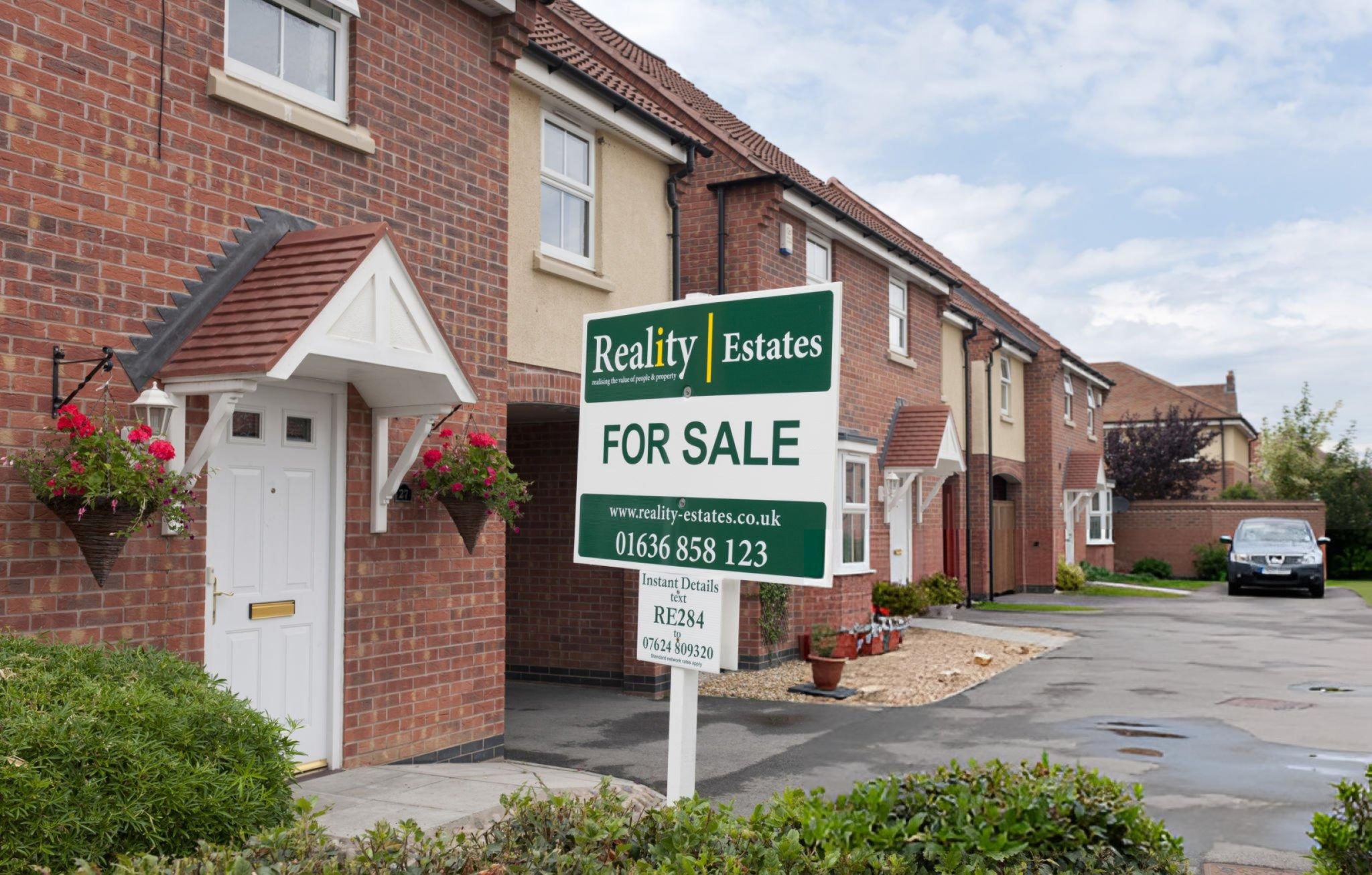House prices experience a slight cooling amid changing tax rules and ongoing economic uncertainty.
The average UK house price fell by 0.6% in April compared to March, according to the latest figures from Nationwide Building Society. The dip coincides with the end of more generous stamp duty discounts, which were scaled back on 1 April. The average property value across the country now stands at £270,752.
Annual house price growth also slowed to 3.4% in April, down from 3.9% in March, suggesting the property market is easing slightly after a flurry of activity in the lead-up to the tax changes.
Robert Gardner, chief economist at Nationwide, attributed the dip to the anticipated effects of the stamp duty adjustment. “The softening in house price growth was to be expected, given the changes to stamp duty at the start of the month,” he said. “Early indications suggest there was a significant jump in transactions in March, with buyers bringing forward their purchases to avoid additional tax obligations.”
Stamp duty, which applies in England and Northern Ireland, had previously been subject to temporary discounts designed to stimulate the market. With those concessions reduced, some prospective buyers may be adopting a wait-and-see approach.
Gardner noted that the market would likely remain “a little soft” in the coming months. “This follows the pattern typically observed after the end of stamp duty holidays. Nevertheless, activity is likely to pick up steadily as summer progresses,” he added. “Unemployment remains low, earnings are rising at a healthy pace in real terms, and borrowing costs are likely to moderate if the Bank of England lowers the base rate further.”
Indeed, mortgage rates are beginning to show signs of easing. Both Barclays and HSBC UK have this week introduced products with rates below 4%, and experts expect further reductions in the coming weeks.
Matt Smith, mortgage expert at Rightmove, said lenders are likely holding off on additional cuts until the Bank of England’s base rate decision on 8 May. “Lenders only have so much room to manoeuvre on rates,” he explained. “Instead, many are adjusting their affordability criteria to help borrowers access slightly larger loans, which we’ve seen happening more frequently of late.”
Jason Tebb, president of property website OnTheMarket, said seasonal trends were also at play. “With more properties being listed as spring turns to summer, average prices are being kept in check. That said, local markets continue to vary considerably, and individual property values can differ greatly depending on demand.”
However, not all market watchers are optimistic. Alice Haine, personal finance analyst at Bestinvest by Evelyn Partners, highlighted several headwinds facing potential buyers. “The return to higher stamp duty costs has coincided with broader economic uncertainty, not least the tariff war reignited by US President Donald Trump. April also brought a spike in household bills, from energy to council tax, which has taken the shine off many pay increases.”
Holly Tomlinson, a financial planner at Quilter, said the housing market would remain subdued unless there is a significant improvement in mortgage affordability or a rise in real incomes. “Until then, the housing market looks set to continue treading water.”
Despite the current dip, the underlying fundamentals of the housing market remain relatively strong. Should inflation ease and interest rates drop as expected, market sentiment could shift more positively as the year unfolds. For now, buyers and sellers alike are navigating a transitional phase in what remains a key pillar of the UK economy.
Would you like a chart showing the monthly UK house price changes?






